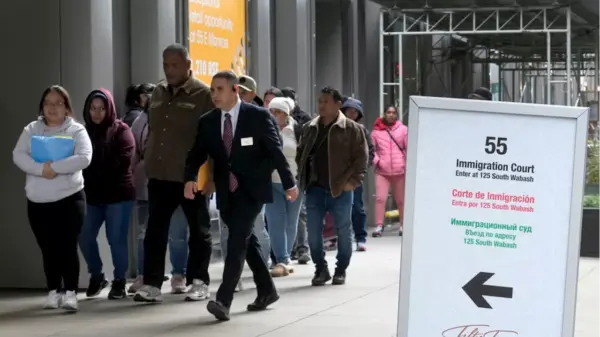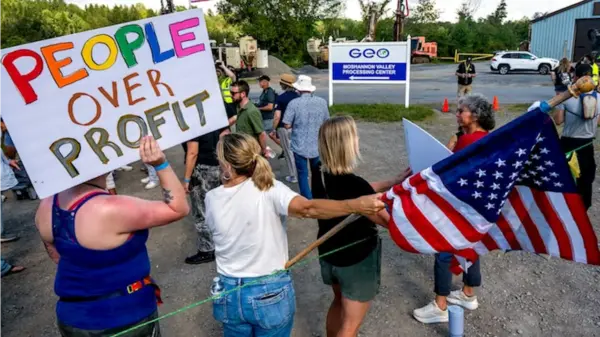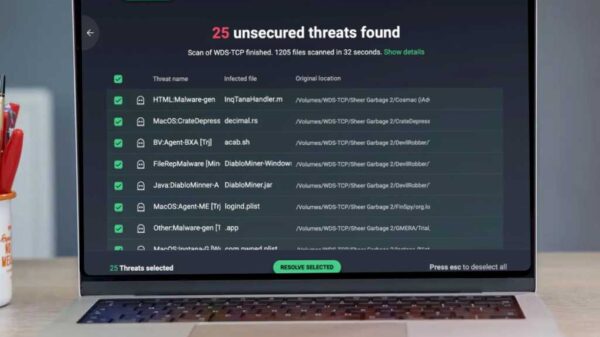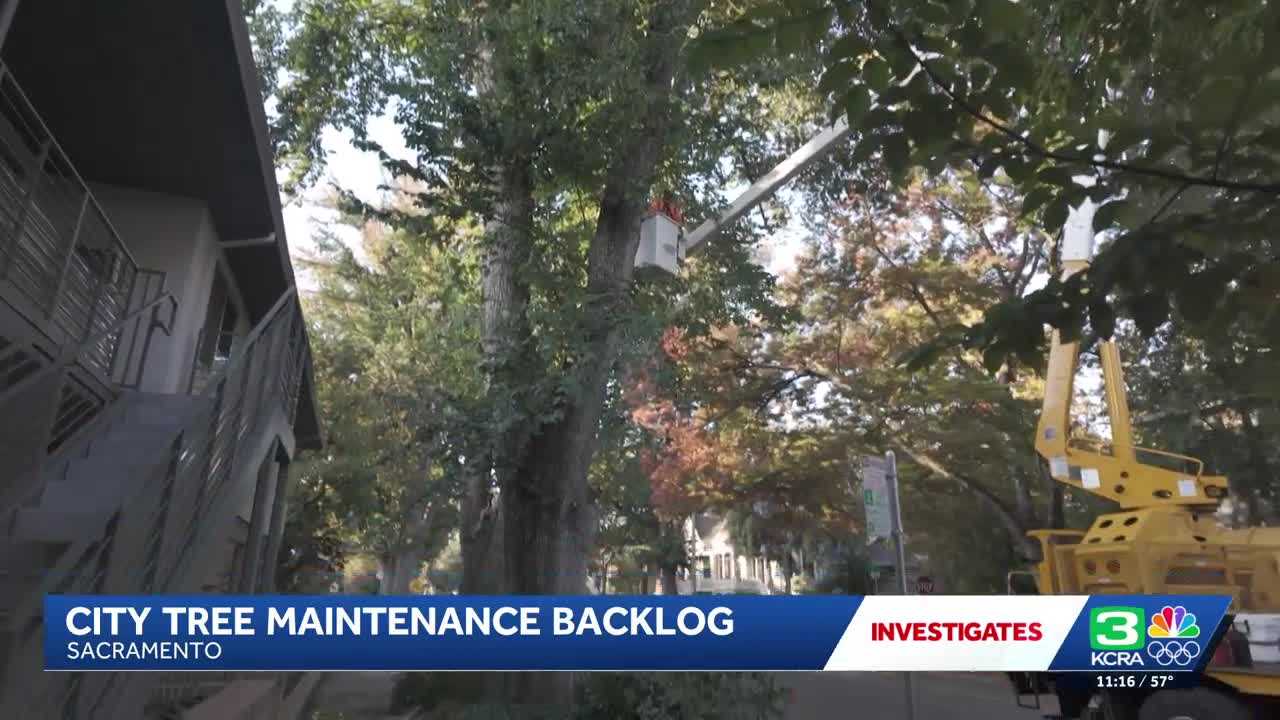URGENT UPDATE: Sacramento is grappling with a significant backlog in tree maintenance, creating a service wait time of up to two years for non-emergency requests. This crisis comes as the city, known as the “City of Trees,” moves forward with plans to expand its urban forest, raising concerns among residents about safety and maintenance.
Residents like Brett Davison from East Sacramento report urgent issues with tree upkeep, stating, “I have neighbors where it’s gotten under their roof tiles.” This issue has escalated to the point where insurance companies are taking action, with drones being used to assess tree-related risks. “Their insurance company had said, ‘You can’t. You’ve got to trim it back,'” Davison shared.
The city’s struggle to maintain its 100,000 trees comes in the wake of severe storms in 2023 that caused unprecedented damage, leading to staffing shortages within the Urban Forestry Division. Sacramento media representative Gabby Miller acknowledged the situation, attributing the backlog to these recent challenges.
Currently, the city receives over 500 service requests monthly regarding tree issues, with many non-emergency requests taking at least one year to address. “It’s been frustrating,” Davison said, emphasizing the urgent need for action. Emergency requests, however, are prioritized and responded to within one hour, 24/7.
In a recent statement, Miller noted, “Severe storms in 2023 created a backlog of non-emergency requests, but the City has managed to keep up with emergency requests.” The city plans to hire more staff and allocate resources to improve tree care services, yet residents remain skeptical.
The city council has voted to double Sacramento’s tree canopy by 2045, focusing on areas lacking tree cover. This ambitious goal has ignited discussions about funding, with the estimated cost for full implementation ranging from $12-13 million annually. Councilmember Pluckebaum admitted that without new revenue sources or budget cuts, the city may struggle to fund this initiative.
“We’re looking at budget cuts for the next three years,” Pluckebaum stated, indicating that increasing the tree canopy might necessitate another tax measure. “Voting to increase the tree canopy is like voting for puppy dogs or apple pie, but the funding discussion is a different challenge.”
Residents are increasingly vocal about their needs, with Davison asserting, “I’m all about more trees. Bring it on. I love the trees, but you better have enough maintenance crews to handle what you’ve got going on first before you add any more.”
As Sacramento navigates this critical period, the future of its urban forest hangs in the balance. The city is urging residents to utilize the 311 Customer Service Center for tree-related concerns, ensuring that requests are documented and tracked.
What’s Next: As the city prepares to expand its tree canopy, residents are left wondering how Sacramento will manage the increased workload while addressing the current backlog. The coming months will be crucial as officials seek solutions to balance growth with maintenance needs.
For continuous updates on this developing story, stay tuned to local news outlets and engage with your community about the state of Sacramento’s trees.





































































